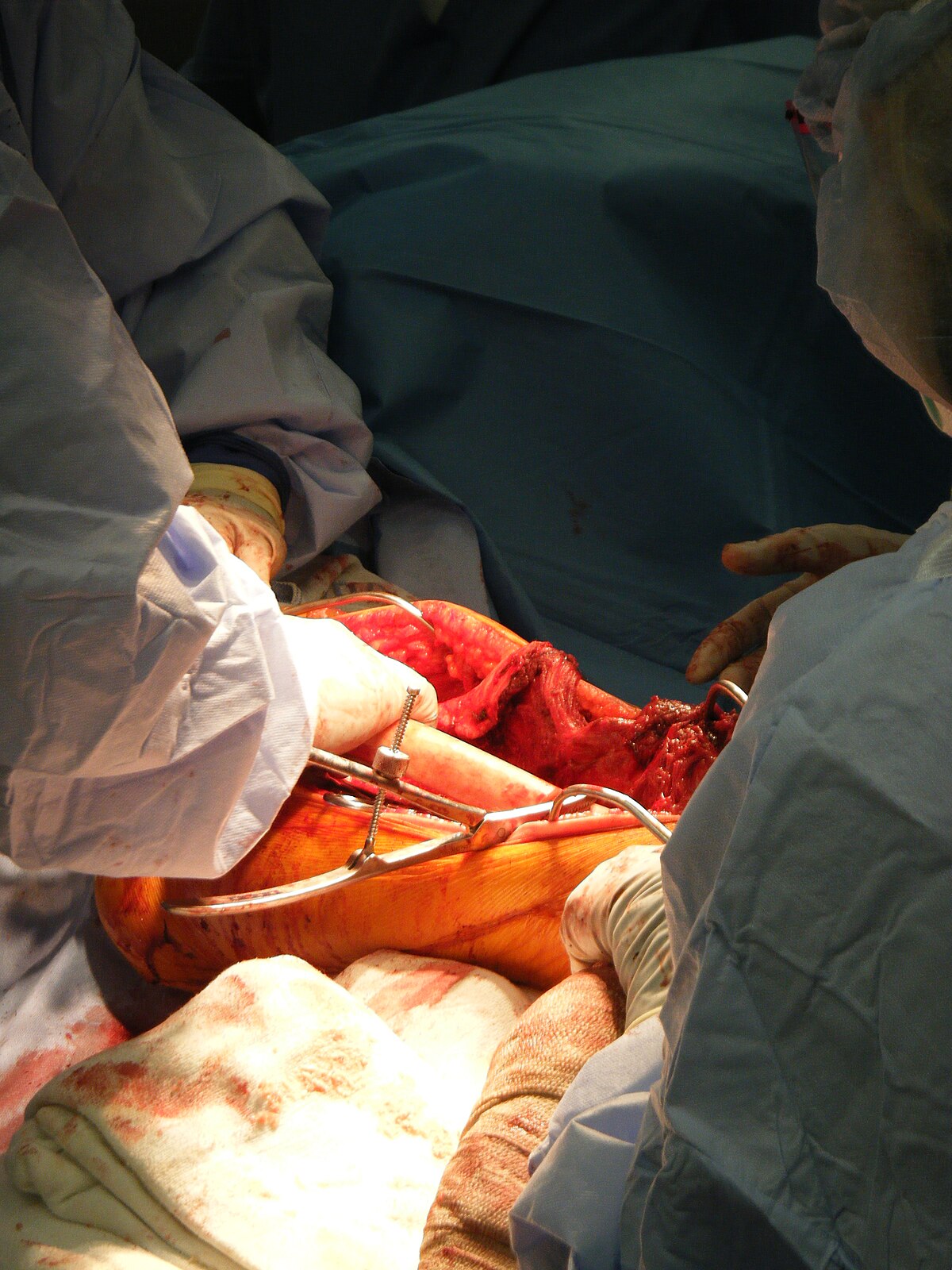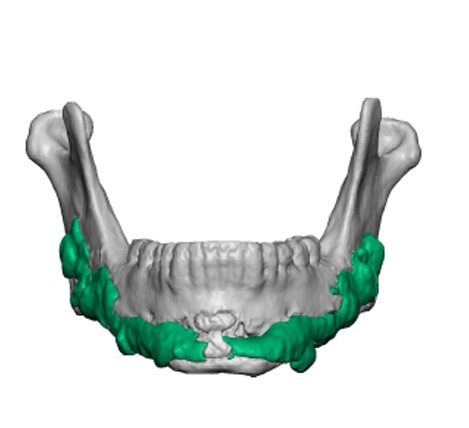RSzeiS
Bronze
- Joined
- Oct 31, 2022
- Posts
- 254
- Reputation
- 223
It seems there are only two types of surgeries really: Surgery with Osteotomy or surgery that involve implanting you a piece of plastic somewhere. Bone grafts are basically NEVER used and it seems unclear as to why that is, since the technology has been around forever and gets used everywhere, from fixing complex fractures in trauma surgery or something as simple as placing a dental implant (think sinus augmentation for example).

 en.wikipedia.org
en.wikipedia.org

 www.theplasticsfella.com
www.theplasticsfella.com
Here, take a look at this: This is a thread about using bone grafting for jaw augmentation surgery:


LMAO
One guy said this:
Can anyone confirm or deny any of these statements?
We had this thread last year but it really went nowhere: https://looksmax.org/threads/why-tf-are-we-not-talking-about-hydroxyapatite-implants.370246/
Thoughts?
Bone grafting - Wikipedia

Bone Grafts
Bone grafts are biological scaffolds and support structures. They can be autografts (patient's own bone), allografts (from a donor) or alloplastic. This article details their indications, properties and types of grafts.
 www.theplasticsfella.com
www.theplasticsfella.com
Here, take a look at this: This is a thread about using bone grafting for jaw augmentation surgery:
Can H.A. Granules provide the same augmentation as implants?
Can H.A. Granules provide the same augmentation as implants?
jawsurgeryforums.com
Here are some pictures, of what it would look like:The fact that hydroxyapatite is "converting" to bone over time, of course has major advantages as there is not a foreign implant present and therefore not the risk of the implant being the cause of problems in the future.
It has been shown that there is a 2 stage response of the body to the placement of the granular version of coralline hydroxyapatite directly on the surface of facial bone. The initial response is the ingrowth of fibrous tissue into the pores in each granule as well as between the granules. After about 2 years the persons bone grows in by a process of osteoconduction to replace the collagen. So the definitive implant is formed by the patients bone.
To place the hydroxyapatite involves surgery on the surface of the bone, to lift the bone’s membrane, and place the granules in the pocket between the bone and the periosteum. It is not injected.
According to one of the best implant surgeons in the states, HA can provide the same augmentation as implants:
"Coral hydroxyapatite if properly placed can produce the same projection as an implant. Implant placement usually requires an operation with more exposure and hence, more swelling than coral hydroxyapatite placement."
- Michael J. Yaremchuk
https://www.realself.com/question/nyc-coral-hydroxyapatite-cheekbone-augmentation


LMAO
One guy said this:
This is Dr. Mendelson:I think in theory it can, but only in certain areas. granules end up all uneven and asymetrical due to migration in places that experience alot of movement due to facial animation, and places that dont create the tight periostial scar capsule such as the jaw angles. risk goes up when your doing large augmentations. for paranasal and zygomatic augmentation it works much better. The granules are super irritating to the soft tissue as it seems to cause a lot of swelling for quite some time. I think it should be more commonly practiced. the level of osseointegration described by Bryan Mendelson (sp) in australia is holy grail worthy.
https://www.realself.com/review/melbourne-au-cheek-augmentation-chubby-droopy-face-weak-facial-bones
this is my issue exactly. face looks chubbyish because of weak bone structure. a few mm here and there with HA paste would solve my lifes woes.
Can anyone confirm or deny any of these statements?
We had this thread last year but it really went nowhere: https://looksmax.org/threads/why-tf-are-we-not-talking-about-hydroxyapatite-implants.370246/
Thoughts?


